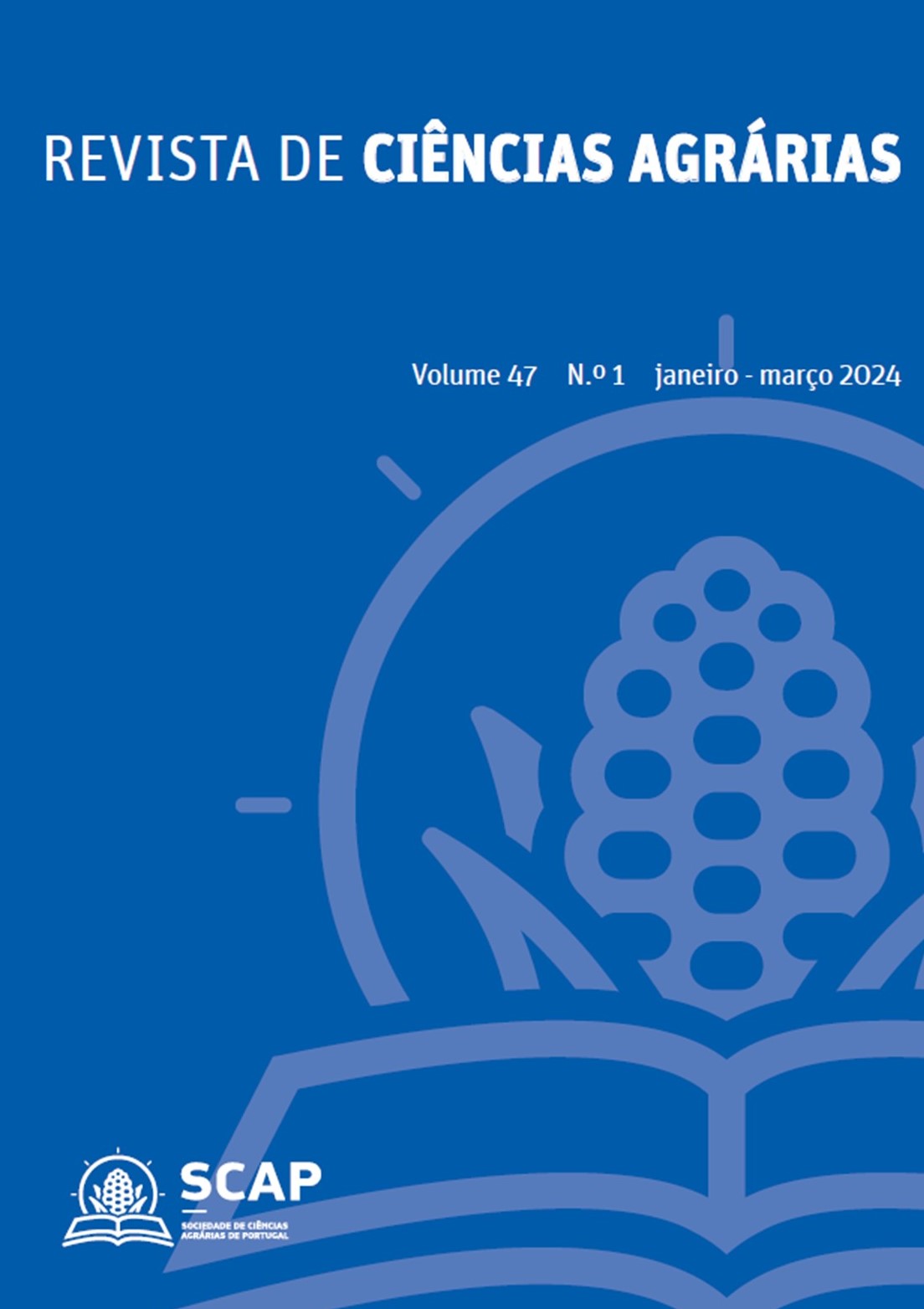GST expression and activity in the mode of action of amino acid synthesis-inhibiting herbicides
DOI:
https://doi.org/10.19084/rca.34997Abstract
Glyphosate (5-enolpyruvylshikimate-3-phosphate synthase or EPSPS inhibitor) and acetolactate synthase (ALS) inhibitors inhibit two different amino acid synthesis pathways, but share several physiological effects in their mode of action, including a moderate oxidative stress and alterations in glutathione metabolism. Glutathione S-transferases (GSTs) are enzymes which catalyse the conjugation of xenobiotics with glutathione, and perform antioxidant functions. Therefore, they are closely linked to the response to abiotic stress. Aiming at understanding the implication of GSTs in the response to these herbicides, GST activity and gene expressions have been analysed in five Amaranthus palmeri populations: glyphosate-sensitive, glyphosate-resistant, ALS-inhibitor sensitive, ALS-inhibitor resistant, and multiple resistant (to glyphosate and ALS inhibitors). Resistance was conferred by target-site mechanisms in all the cases. Plants were treated with different doses of glyphosate or the ALS inhibitors nicosulfuron and pyrithiobac. Both glyphosate and ALS inhibitors provoked an increase of GST activity and Phi GST gene expression, proportionally to the herbicide dose in sensitive plants. Probably, this GST induction was due to an increased antioxidant demand in treated sensitive plants. No remarkable changes were found in target-site resistant populations, evidencing that GST induction is an effect of the enzymatic inhibition of EPSPS or ALS.


